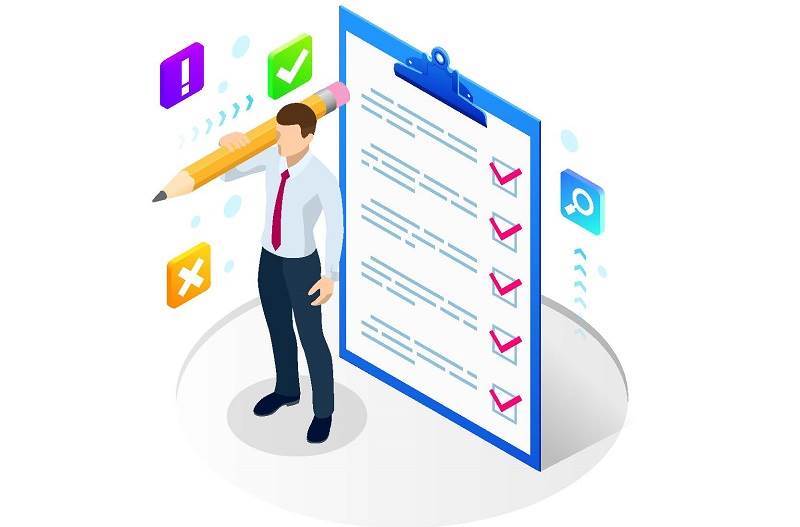
By Steve Cavolick
In the recent LRS State of Business Analytics survey, respondents said that Artificial Intelligence and Machine Learning would have the greatest impact on their analytics initiatives over the next 5 years. Yet in another study from Deloitte, only 37% of executives surveyed believed their companies were insights-driven. This demonstrates that there is a stark difference between deploying technology and deriving value from technology. Preparing your organization for AI is hard; it involves having a proper information architecture and managing technology and people well.
To illustrate this gap, one insurance customer we recently met with saw AI as a way improve the efficiency of a manual policy approval process. After hearing them explain the challenge and agreeing that AI could be used to automate that process, we asked questions around the data and rules that would be required to create a model. This customer could not define where all of their data sources were and had their business rules and weights of the rules still written on paper. This particular customer thought AI was black box that they simply bought, plugged in, and just started asking it questions.
There are some clear best practices we’ve noticed in companies that have successfully deployed AI compared to those who have failed. These five suggestions don’t necessarily guarantee success, but they are things you can do to set the foundation to use AI in a way that creates value for your company.
Always start with a business problem
Not just any problem. Finding the proper AI use case for your business is the first large hurdle you will face. Select a challenge where you can clearly measure the value of how AI fixes or eliminates that problem.
Focus on technology that brings speed and flexibility to your organization
The least favorite part in any AI project by data scientists is preparing the data. Leverage DataOps technology to automatically prepare data pipelines. You must be able to trust and use your data.
Beat your peers in the race to cloud computing
It’s time to stop thinking about the cloud as just a data center managed by someone else. Sure, the cloud is a place to host data, but it is also where you can quickly and easily use microservices to unlock exponential technologies such as AI, IoT, Blockchain, and automation. These technologies are difference makers and can help you outperform your competition.
Data is possibly your most important corporate asset; it can also be a liability
Do your data architects and data scientists know where all of your data is? Can you trust your data? The LRS State of Analytics survey also showed that biggest barrier to becoming analytics-driven is access to data. If you can’t find, use, and share data with governance, compliance, and security, then you can’t drive business improvement through actions, plans, and schedules determined by analytics or AI.
Focus on developing talent
Don’t forget about your people. They must be trained to understand how AI will create new roles and responsibilities as automation takes over repetitive tasks. Virtual- and Augmented Reality can be used to provide realistic training at lower costs, and ML-based learning systems teach workers the new skills and processes they need to master.
Are you ready to build predictive models and AI applications? LRS’s data scientists are ready to jump in and help you. If you’re not quite there yet, the LRS Big Data and Analytics team has over 20 years of experience deploying applications in advanced analytics, information management, and data warehousing. If you are interested in understanding how we can help you find value in your data, please fill out the form below to request a meeting.
About the author
Steve Cavolick is a Senior Solution Architect with LRS IT Solutions. With over 20 years of experience in enterprise business analytics and information management, Steve is 100% focused on helping customers find value in their data to drive better business outcomes. Using technologies from best-of-breed vendors, he has created solutions for the retail, telco, manufacturing, distribution, financial services, gaming, and insurance industries.